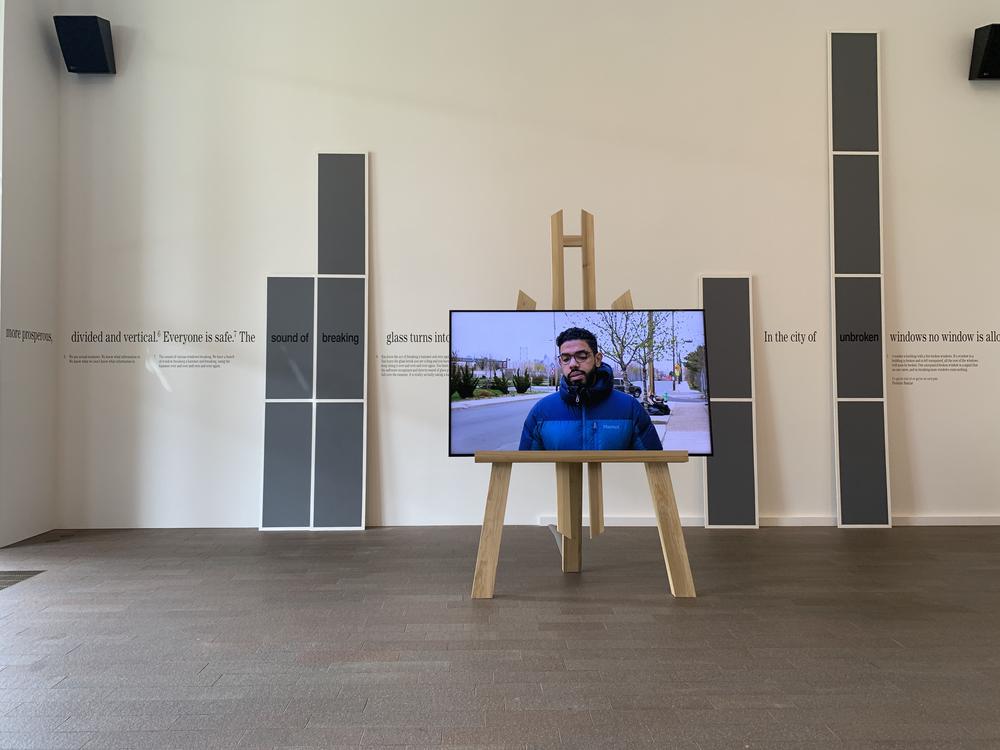Hito Steyerl. An Activist and Prophet of the Digital Age

Examining human relationships with artificial intelligence (AI)—a looming technology still in its infancy—Hito Steyerl asks, “does AI have a shadow?” She speculates that shadows can exist even when the objects casting them are not yet visible.1 For example, for her 2019 work City of Broken Windows, Steyerl filmed engineers in the United Kingdom smashing hundreds of windows in a large airplane hangar to teach artificial neural networks how to recognize the sound of breaking glass. Destruction, in this case, is used as a mode of progress in the development of security technologies—one Steyerl sees reflected in the tech industry’s economic impact on places like California’s Bay Area, where extreme inequality emerges as a kind of shadow, a forecast of technological futures.2
Hito Steyerl, “The Language of Broken Glass,” lecture on the occasion of Stop Making Sense at Haus der Kulturen der Welt, Berlin, January 12, 2019, posted February 26, 2019, at youtube.com/watch?v=iyyM4vDg0xw. ↩︎
Hito Steyerl, “The Language of Broken Glass,” lecture on the occasion of Stop Making Sense at Haus der Kulturen der Welt, Berlin, January 12, 2019, posted February 26, 2019, at youtube.com/watch?v=iyyM4vDg0xw. ↩︎